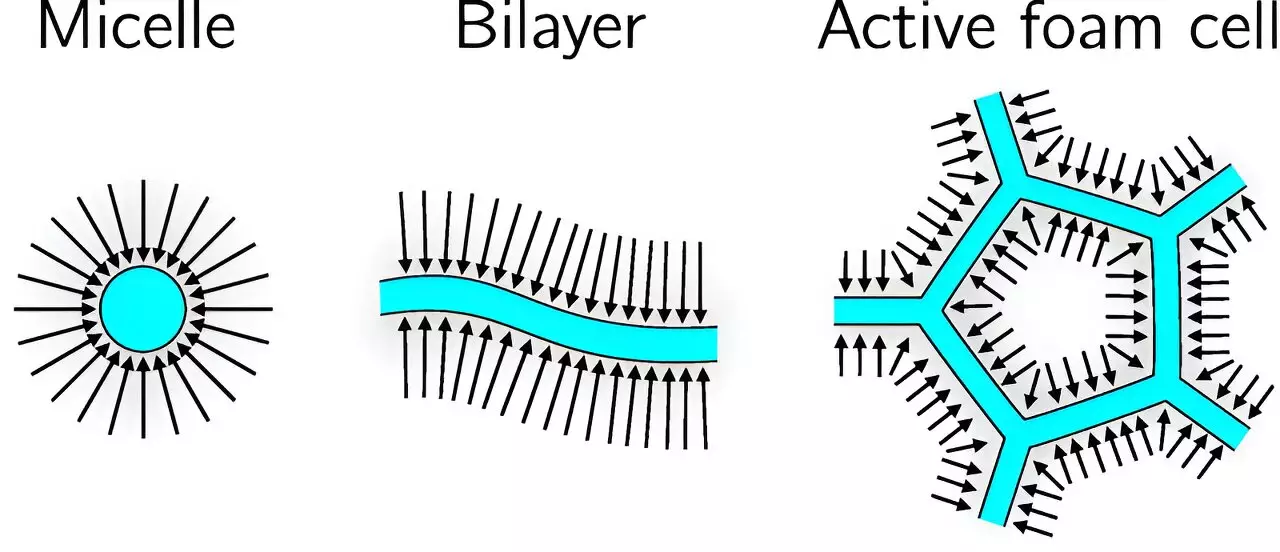The autonomous assembly of individual particles into complex patterns is a fundamental process in life as well as in nanotechnology. Professor Erwin Frey, a physicist at LMU Munich, has been delving into the principles of self-organization and its applications. Recently, Frey and his team developed a theoretical model to explain the formation of patterns, such as active foams, from a combination of protein filaments and molecular motors.
Protein filaments, like microtubules, and molecular motors play crucial roles in the formation and maintenance of cellular structures. One example of their interplay is the mitotic spindle, which ensures accurate cell division. Research from the University of California, Santa Barbara, has shown that various structures, including aster-like micelles and active foams, can emerge from the dynamic interaction between microtubules and molecular motors in a simplified model system.
Frey and his team developed a mathematical model that can elucidate the formation of patterns, such as active foams, from microtubules and motors. Through numerical simulations, they were able to replicate the experimental observations and understand the transition from micelles to active foams based on microtubule density. The interaction between motors and microtubules is critical for the organized structure necessary for complex cellular patterns.
Molecular motors play a crucial role in connecting and aligning microtubules in a parallel fashion. They act like zip fasteners, joining the filaments together as they move along them. This process allows for the sliding and rearrangement of filaments, which is essential for the formation of foams. The transition from micelles to foams is dependent on the number of motors and microtubules present in the system.
As the number of components in the system increases, the formation of band-like layers and complex structures, such as foams, becomes more prevalent. Active foams exhibit an ordered structure with a combination of pentagons, hexagons, and heptagons, resembling honeycombs. Unlike traditional honeycombs, active foams undergo constant rearrangements, highlighting their dynamic nature.
The theoretical model developed by Frey and his team has broad applicability to various types of filaments and motors, offering a new perspective on active matter. This research not only enhances our understanding of self-organization in biological systems but also paves the way for potential advancements in bionanotechnological applications in the future.


Leave a Reply